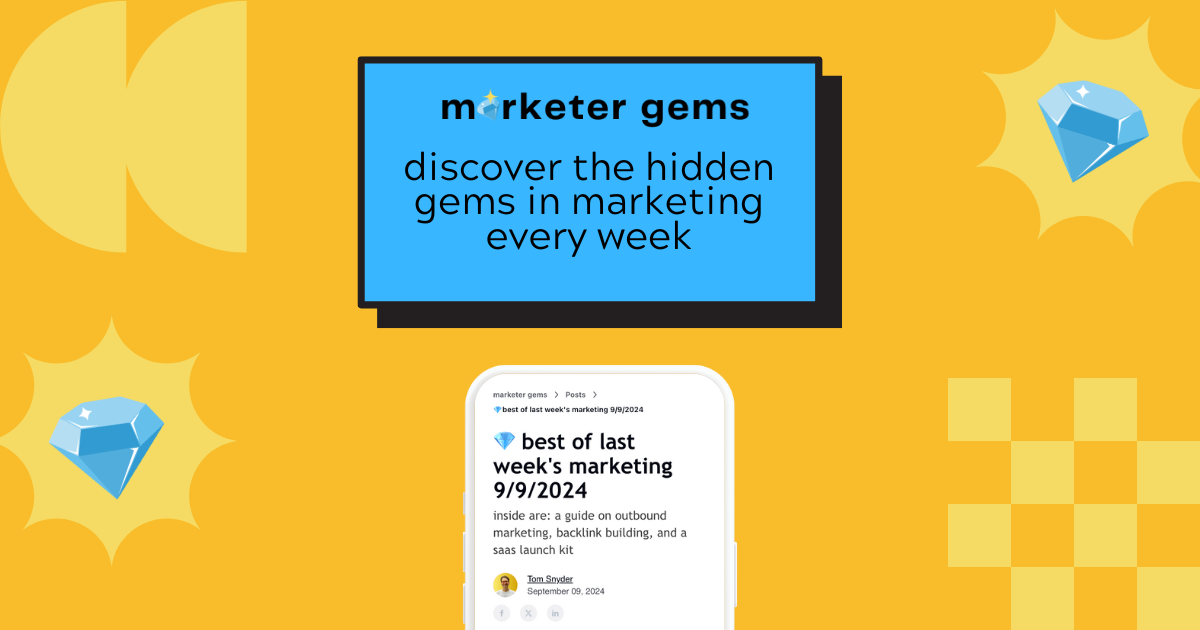Framer: The Website Builder That’ll Make You Rethink No-Code
 Tom Snyder
February 3, 2025
Tom Snyder
February 3, 2025

If Webflow is the no-code builder for developers, Framer is the no-code builder for designers. Originally known as a prototyping tool, Framer has evolved into a full-fledged website builder with built-in CMS functionality, offering ultra-smooth animations, intuitive layouts, and performance that rivals traditional coding. But can it replace Webflow, WordPress, or even a custom-coded site? Let’s break it down.
The Basics: What Is Framer?
Framer is a no-code website builder that prioritizes speed, animations, and pixel-perfect design. Unlike traditional drag-and-drop builders, Framer offers fluid layouts, native animations, and a CMS to make websites dynamic and scalable.
Purpose: Design and publish modern, high-performance websites without coding.
Who It’s For: Designers, marketers, and startups that want an interactive, responsive website with minimal effort.
Pricing Overview: Free for personal projects, with paid plans starting at $10/month for custom domains and advanced features.
First Impressions
Onboarding: Framer’s onboarding is as smooth as its UI. You start with a guided walkthrough, and within minutes, you can tweak a template or build from scratch.
Interface: A dream for designers. The experience feels closer to Figma than Webflow, making it easy to create pixel-perfect layouts without struggling with CSS.
Setup: Publishing a basic website takes under 10 minutes. The real fun begins when you start adding interactions and CMS-driven content.
Features Breakdown
No-Code Website Builder
What It Does: Allows you to create pixel-perfect layouts with drag-and-drop controls and auto-responsive grids.
How It Performs: Fluid and fast. Unlike clunky page builders, Framer’s design system feels natural, especially for Figma users.
Animations & Interactions
What It Does: Enables smooth, native animations (scroll effects, hover states, page transitions).
How It Performs: Stunning. The animations feel silky-smooth, and you don’t need a single line of JavaScript.
Built-In CMS
What It Does: Lets you create dynamic pages (blogs, portfolios, case studies) without touching a database.
How It Performs: Simple but powerful. While not as robust as Webflow’s CMS, it covers most content needs seamlessly.
SEO & Performance
What It Does: Built-in SEO optimization, lightning-fast load times, and clean code output.
How It Performs: Framer sites rank well on Core Web Vitals, often outperforming WordPress and Webflow.
Publishing & Hosting
What It Does: One-click publishing with Framer-hosted domains or your own custom domain.
How It Performs: Instant deployment, high-speed hosting, and no need for third-party services.
Pricing Deep Dive
Pricing Tiers:
Free: Framer subdomain, no custom code, limited CMS items.
Mini ($5/month): Custom domain, basic features.
Basic ($15/month): CMS included, 1,000 CMS items, custom branding.
Pro ($30/month): More CMS items, analytics, password protection.
Verdict:
Framer’s free plan is great for testing and personal use, while the Pro plan is well-priced compared to Webflow. If you’re a solo creator or small business, Framer’s affordability is a major plus.
"Think of Framer’s pricing like an unlimited coffee subscription—you get your caffeine (or in this case, your website) for a steal."
Pros & Cons
Pros:
✅ Blazing fast, visually stunning websites without writing code. ✅ Intuitive for designers—especially those used to Figma. ✅ Built-in CMS that’s simple and effective. ✅ SEO and performance-friendly, no extra optimization needed. ✅ Affordable pricing compared to Webflow.
Cons:
❌ Not as powerful for complex projects as Webflow. ❌ Limited third-party integrations compared to WordPress. ❌ Learning curve for developers used to manual CSS control.
Who Should (and Shouldn’t) Use It
Should Use It:
✅ Designers who love Figma but need a real, live website. ✅ Startups and agencies who want fast, polished sites without development time. ✅ Creators who need an SEO-friendly, responsive, and interactive site.
Shouldn’t Use It:
❌ Developers who want full backend control—Framer is no-code first. ❌ Enterprises needing deep integrations (e.g., custom databases, AI-driven content). ❌ E-commerce-heavy brands—Framer isn’t built for online stores (yet).
Alternatives to Consider
Webflow: More powerful for advanced layouts, but harder to learn.
WordPress + Elementor: Great for heavy customization, but slower.
Squarespace: Easier for beginners, but less flexible.
Final Verdict
Framer isn’t just another no-code website builder—it’s a game-changer for designers who want full creative freedom without writing code. Its fluid UI, smooth animations, and built-in CMS make it one of the best modern alternatives to Webflow and WordPress.
"If Webflow is the Swiss Army knife of web design, Framer is the sleek, well-balanced chef’s knife—focused, elegant, and ridiculously effective."
Check it out here.



